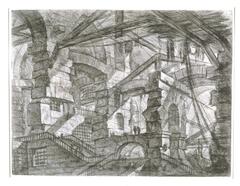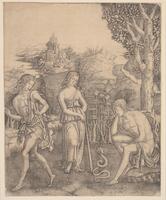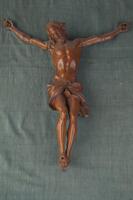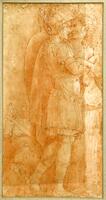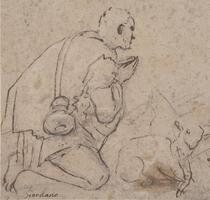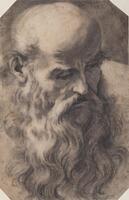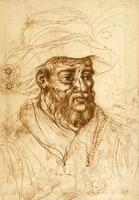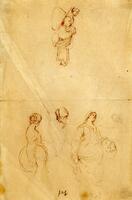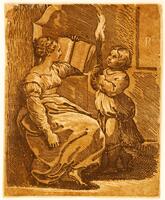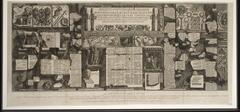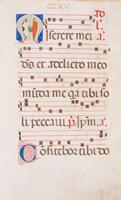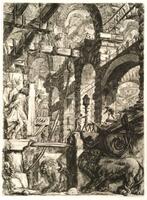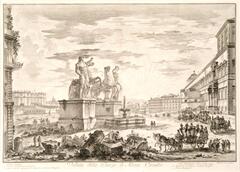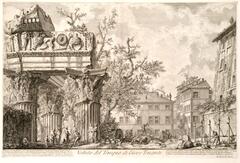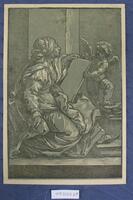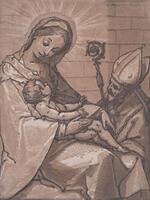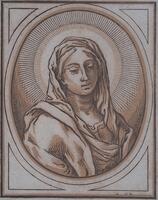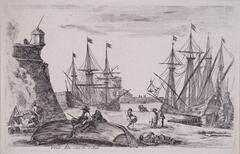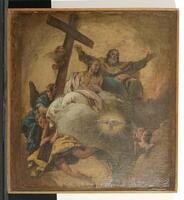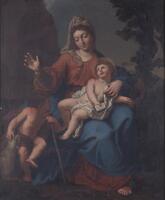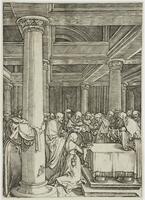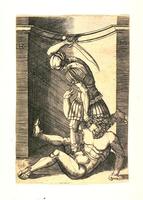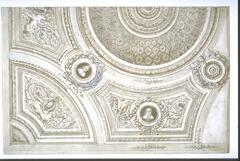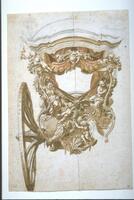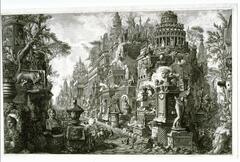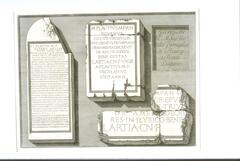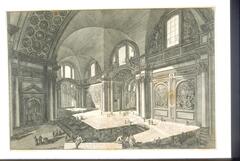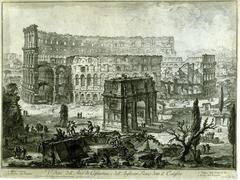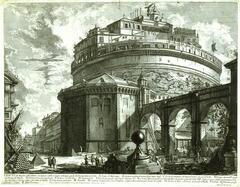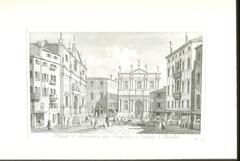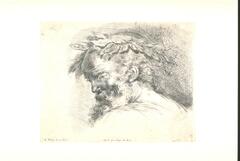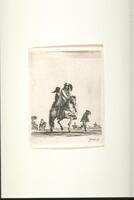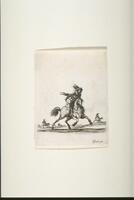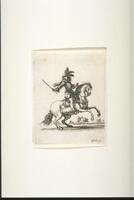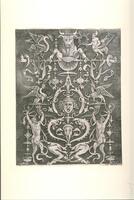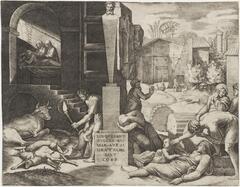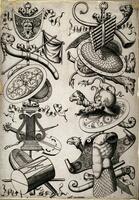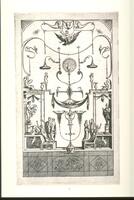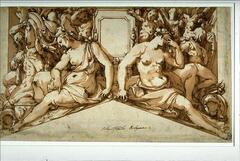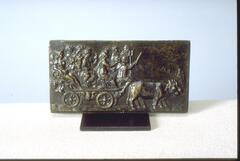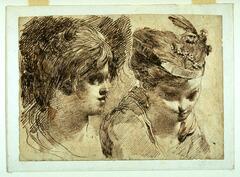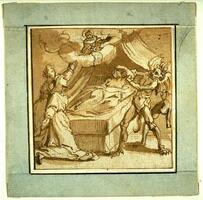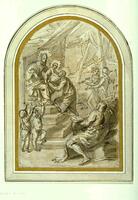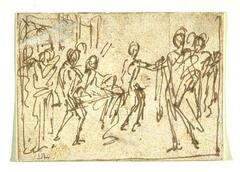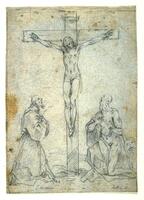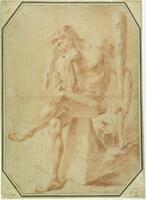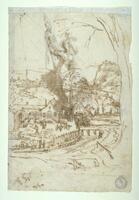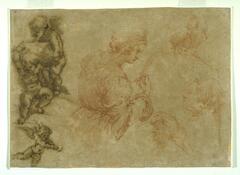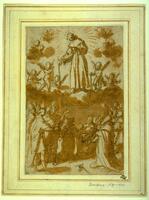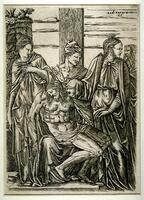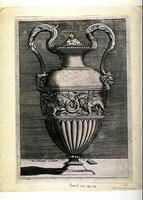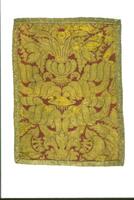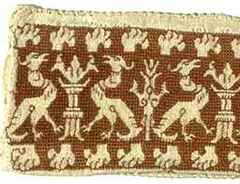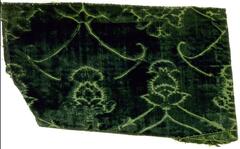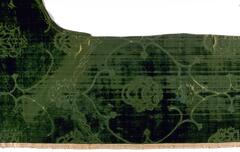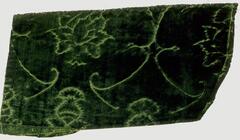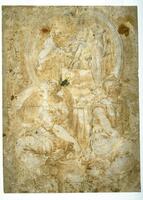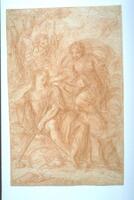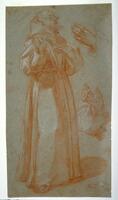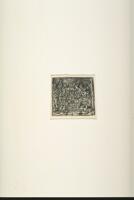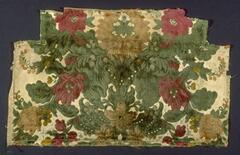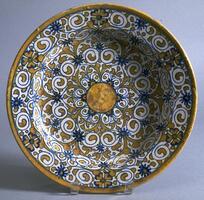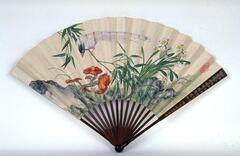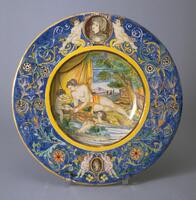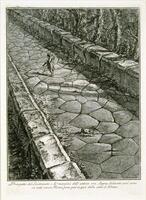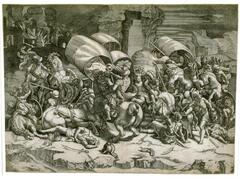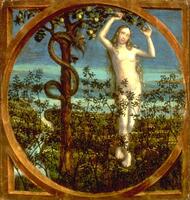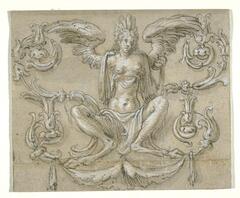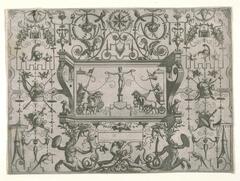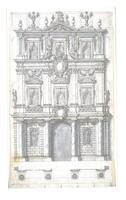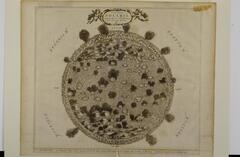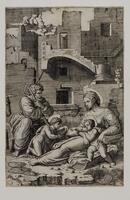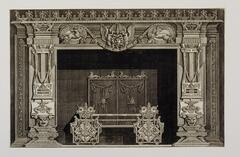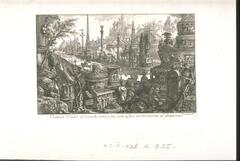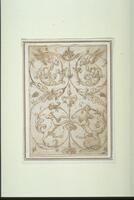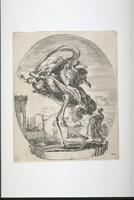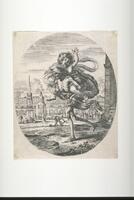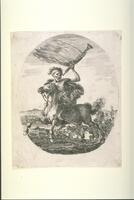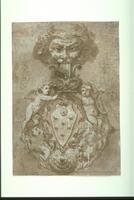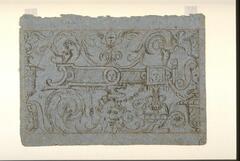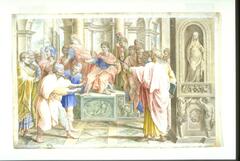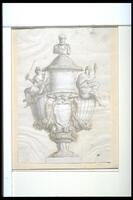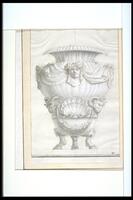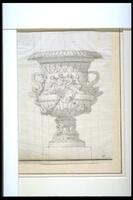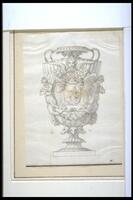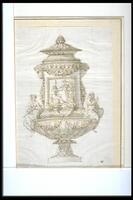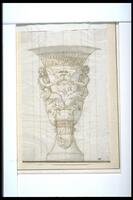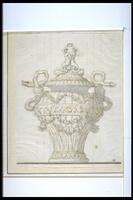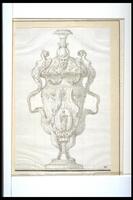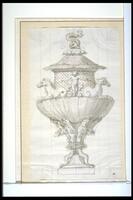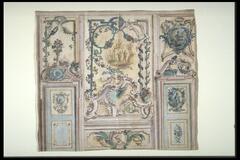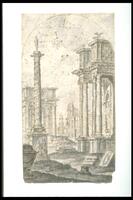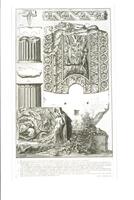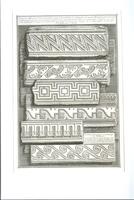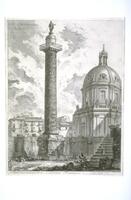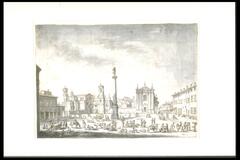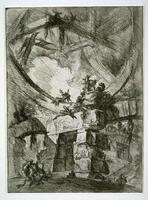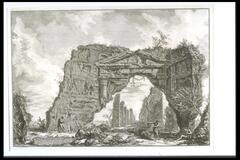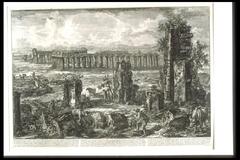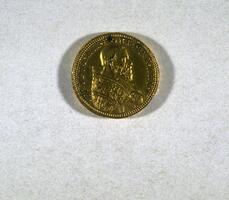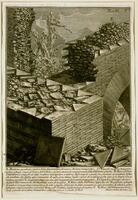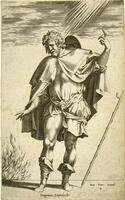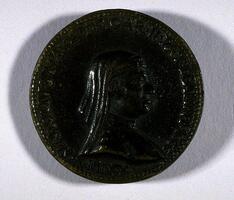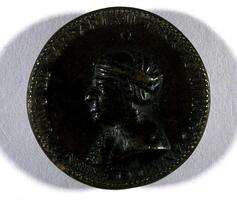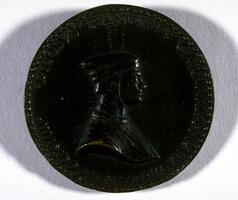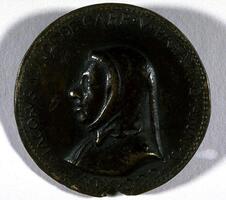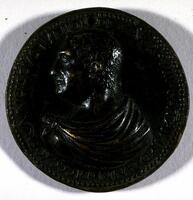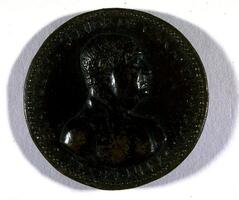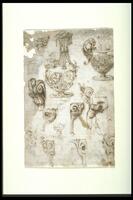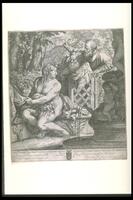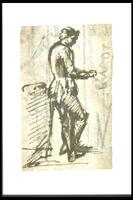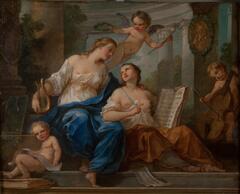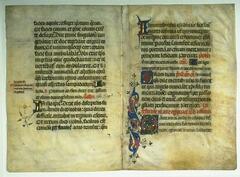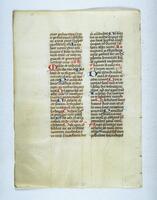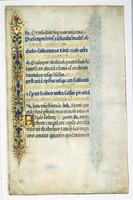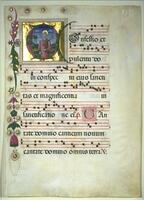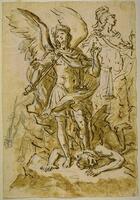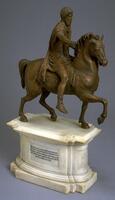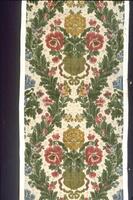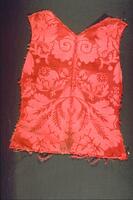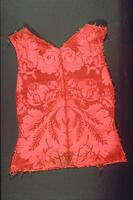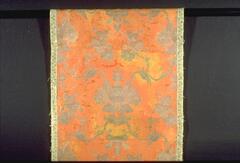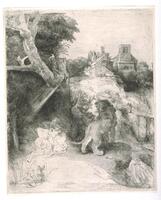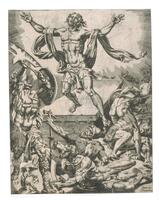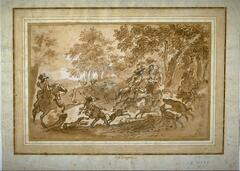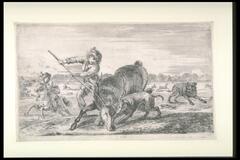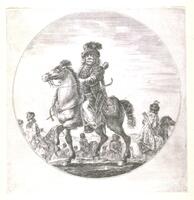230 Items in this Learning Collection
Collection Object
Collection Object
Collection Object
Collection Object
Collection Object
Collection Object
Collection Object
Collection Object
Collection Object
Collection Object
Collection Object
Collection Object
Collection Object
Collection Object
Collection Object
Collection Object
Collection Object
Collection Object
Collection Object
Collection Object
Collection Object
Collection Object
Collection Object
Collection Object
Collection Object
Collection Object
Collection Object
Collection Object
Collection Object
Collection Object
Collection Object
Collection Object
Collection Object
Collection Object
Collection Object
Collection Object
Collection Object
Collection Object
Collection Object
Collection Object
Collection Object
Collection Object
Collection Object
Collection Object
Collection Object
Collection Object
Collection Object
Collection Object
Collection Object
Collection Object
Collection Object
Collection Object
Collection Object
Collection Object
Collection Object
Collection Object
Collection Object
Collection Object
Collection Object
Collection Object
Collection Object
Collection Object
Collection Object
Collection Object
Collection Object
Collection Object
Collection Object
Collection Object
Collection Object
Collection Object
Collection Object
Collection Object
Collection Object
Collection Object
Collection Object
Collection Object
Collection Object
Collection Object
Collection Object
Collection Object
Collection Object
Collection Object
Collection Object
Collection Object
Collection Object
Collection Object
Collection Object
Collection Object
Collection Object
Collection Object
Collection Object
Collection Object
Collection Object
Collection Object
Collection Object
Collection Object
Collection Object
Collection Object
Collection Object
Collection Object
Collection Object
Collection Object
Collection Object
Collection Object
Collection Object
Collection Object
Collection Object
Collection Object
Collection Object
Collection Object
Collection Object
Collection Object
Collection Object
Collection Object
Collection Object
Collection Object
Collection Object
Collection Object
Collection Object
Collection Object
Collection Object
Collection Object
Collection Object
Collection Object
Collection Object
Collection Object
Collection Object
Collection Object
Collection Object
Collection Object
Collection Object
Collection Object
Collection Object
Collection Object
Collection Object
Collection Object
Collection Object
Collection Object
Collection Object
Collection Object
Collection Object
Collection Object
Collection Object
Collection Object
Collection Object
Collection Object
Collection Object
Collection Object
Collection Object
Collection Object
Collection Object
Collection Object
Collection Object
Collection Object
Collection Object
Collection Object
Collection Object
Collection Object
Collection Object
Collection Object
Collection Object
Collection Object
Copyright
All Rights Reserved
()
Upright Ornament with Bull and Satyrs
Accession Number
1960/2.133
Title
Upright Ornament with Bull and Satyrs
Artist(s)
Agostino dei Musi
Artist Nationality
Italian (culture or style)
Object Creation Date
circa 1520
Medium & Support
engraving on paper
Dimensions
9 5/16 in x 7 1/4 in (23.7 cm x 18.4 cm)
Credit Line
Museum Purchase
Label copy
Gallery Rotation Spring/Summer 2012
Agostino Musi
Italy, active 1514–1536
Upright Ornament with Bull and Satyrs
circa 1520
Engraving
Museum purchase, 1960/2.133
Grotesque ornamental schemes were not fully developed mythological narratives, but they were populated with satyrs, sphinxes, sirens, and other fantastical beings taken from classical myth. Here, the focus is satyrs, part-human, part-animal creatures that were attendants of Bacchus (Dionysus), the god of wine, theater, and ecstasy. Satyrs usually have pointed ears, tiny horns, and goat-like lower bodies with hooves instead of feet. Like Faunus (Pan), the god of the wild, satyrs were spirits of the wild life, inhabitants of the woods known for their love of music and revelry. They were also considered symbols of fertility and in the Renaissance became associated with unbridled lust. At the top of the composition is a bull, a common symbol of virility and fecundity in ancient mythology.
Subject matter
The imagery in this grotesque include references to Bacchus, as well as objects that suggest fertility and virility such as the bull and rabbit. Such works including fantastical creatures were imaginative decorative works ultimately derived from a 16th century understanding of recently discovered Roman painting.
Physical Description
This decorative image is organized along a vertical axis wtih fanciful creatures, grotesque heads, depictions of carved gems and harpies.
Primary Object Classification
Print
Primary Object Type
intaglio print
Collection Area
Western
Rights
If you are interested in using an image for a publication, please visit http://umma.umich.edu/request-image for more information and to fill out the online Image Rights and Reproductions Request Form.
Keywords
bulls (animals)
engravings (prints)
gods (dieties)
horn (animal material)
intaglio printing
literary theory
1960/2.133
Title
Upright Ornament with Bull and Satyrs
Artist(s)
Agostino dei Musi
Artist Nationality
Italian (culture or style)
Object Creation Date
circa 1520
Medium & Support
engraving on paper
Dimensions
9 5/16 in x 7 1/4 in (23.7 cm x 18.4 cm)
Credit Line
Museum Purchase
Label copy
Gallery Rotation Spring/Summer 2012
Agostino Musi
Italy, active 1514–1536
Upright Ornament with Bull and Satyrs
circa 1520
Engraving
Museum purchase, 1960/2.133
Grotesque ornamental schemes were not fully developed mythological narratives, but they were populated with satyrs, sphinxes, sirens, and other fantastical beings taken from classical myth. Here, the focus is satyrs, part-human, part-animal creatures that were attendants of Bacchus (Dionysus), the god of wine, theater, and ecstasy. Satyrs usually have pointed ears, tiny horns, and goat-like lower bodies with hooves instead of feet. Like Faunus (Pan), the god of the wild, satyrs were spirits of the wild life, inhabitants of the woods known for their love of music and revelry. They were also considered symbols of fertility and in the Renaissance became associated with unbridled lust. At the top of the composition is a bull, a common symbol of virility and fecundity in ancient mythology.
Subject matter
The imagery in this grotesque include references to Bacchus, as well as objects that suggest fertility and virility such as the bull and rabbit. Such works including fantastical creatures were imaginative decorative works ultimately derived from a 16th century understanding of recently discovered Roman painting.
Physical Description
This decorative image is organized along a vertical axis wtih fanciful creatures, grotesque heads, depictions of carved gems and harpies.
Primary Object Classification
Primary Object Type
intaglio print
Collection Area
Western
Rights
If you are interested in using an image for a publication, please visit http://umma.umich.edu/request-image for more information and to fill out the online Image Rights and Reproductions Request Form.
Keywords
bulls (animals)
engravings (prints)
gods (dieties)
horn (animal material)
intaglio printing
literary theory

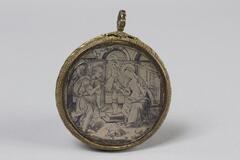



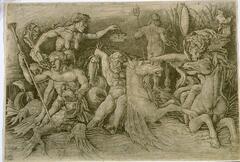


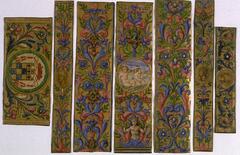
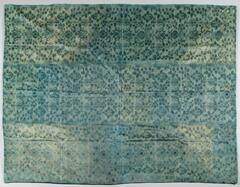
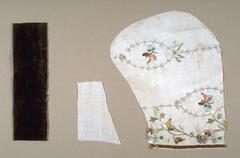
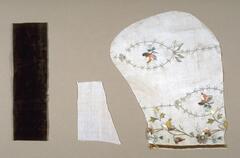
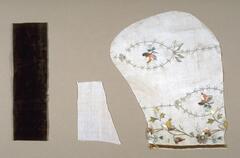
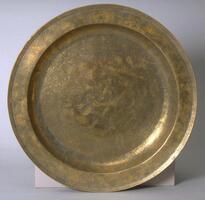
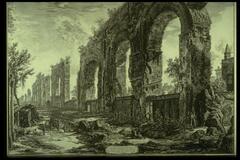

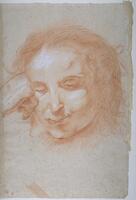
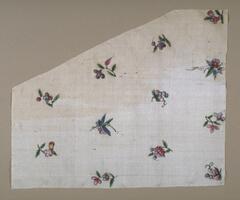
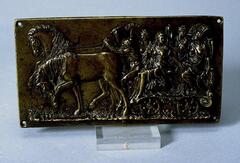


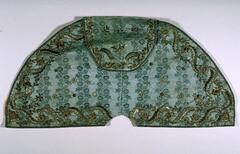
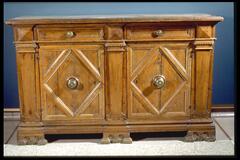

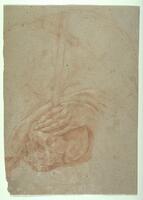

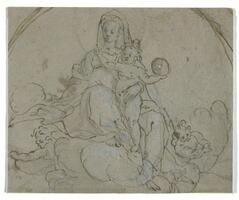
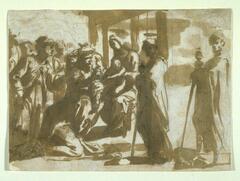
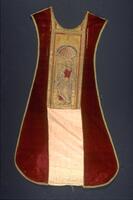
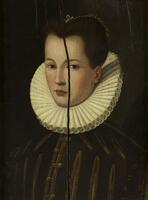

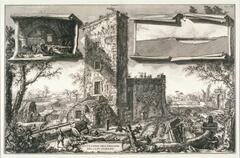


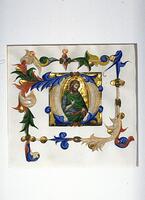
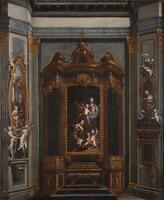
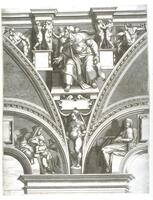
![This rectangular panel depicts four sacred figures rendered in dark hues with passages of vibrant red against a gold background. The upper edge of the gilded frame bears the prayer known as the "Hail Mary" ("Ave Maria Gratia Plena Domin[us tecum]"). This rectangular panel depicts four sacred figures rendered in dark hues with passages of vibrant red against a gold background. The upper edge of the gilded frame bears the prayer known as the "Hail Mary" ("Ave Maria Gratia Plena Domin[us tecum]").](/media/W1siZiIsIjIwMjIvMDUvMjUvMzZ5bWpwaTBuNl9kZWZhdWx0LmpwZyJdLFsicCIsInRodW1iIiwiMjQweDIwMCJdXQ?sha=182c62b7143d052b)
